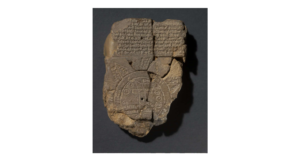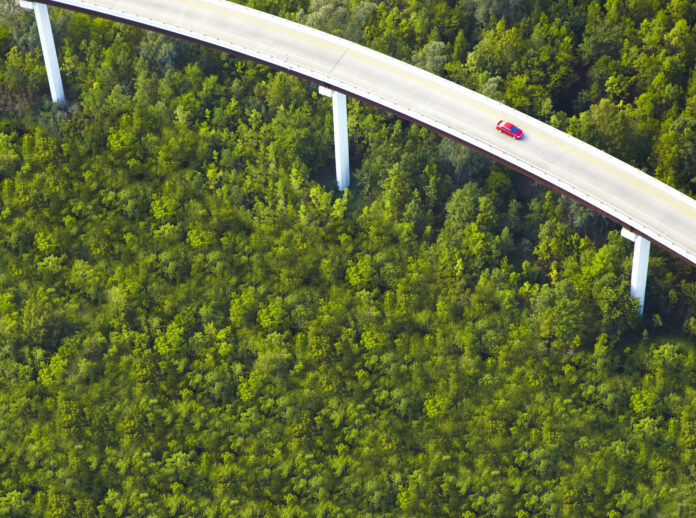Oh, you’ve seen it. Things that used to be popular fade away as they’re replaced by something newer, shinier, flashier, or more high-tech. Things like the Walkman, Pet Rocks, and Fanny Packs now exist only in the land of extinction, next door to the island of misfit toys.
But a few of the golden oldies that were on life support have gotten better. Now, just like the revival of vinyl records, paper maps are making a comeback.
Beginning February 8, 2005, when Google Maps debuted, people began printing directions off their computer. Then Global Positioning Systems came along. Punch in the address and GPS, in a voice of your choice, told you where to go. When we were introduced to Siri and Alexa, finding your destination was as simple as a brief conversation with your smartphone. Gone were the days of a cumbersome paper map that filled your windshield and obscured your view. And no longer did you have to take a college level class in map folding to put every crease back in its exact position so the map was pristine once again.
The oldest map known to man is in the British Museum It was discovered in the 1880’s by Iraqi archaeologist Hormuzd Rassam. It’s a small clay tablet showing the world as a disc, surrounded by a ring of water called the “Bitter River.” Babylon is marked as a rectangle at the right end of the Euphrates River. Historians think the map is approximately 2500 years old.

We’ve come a long way since the Babylonians chiseled the location of the known world on that tablet. Today we’re addicted to chatting up an app to find out how to get where we’re going—near or far.
A 2022 survey by United Tires, a tire retailer, found that in the 20 U.S cities with the most cars per capita, 93% of drivers depend on GPS to get around.
Erie Insurance did its own survey, and found that 86% of Americans prefer to use an app or in-car device to navigate an unknown location.
But in spite of how far technology has come in getting us from place to place, there is a resurgence of the navigation tool that guided the world for centuries. The sale of paper maps is booming. AAA travel service says it made 123% more maps in 2022 than it did in 2021 and other map makers are reporting similar results. And, who’s causing the paper map to rise from the ashes? It’s being led by millennials and Gen Z’ers.
Many young travelers say they’re getting off the beaten path and taking “the road less traveled.” And when they get in remote locations, paper maps don’t have to be charged, they don’t run out of juice at the wrong time, and a map never drops out in a dead spot.
A smartphone can give you the quickest way to get to your destination, but for this new generation of travelers who want to see more than long stretches of interstate pavement, the map provides more scenic options and gives a bigger picture than what you can see on a smart phone screen.
But there’s another interesting aspect to the resurgence of paper maps. They’re not just for traveling anymore. According to the Wall Street Journal, maps are being used as pieces of art. The people buying them for wall hangings say there’s something special about colorful maps that draws them in and it’s a great focal point and a conversation starter. Who knew? Long live the paper map!



